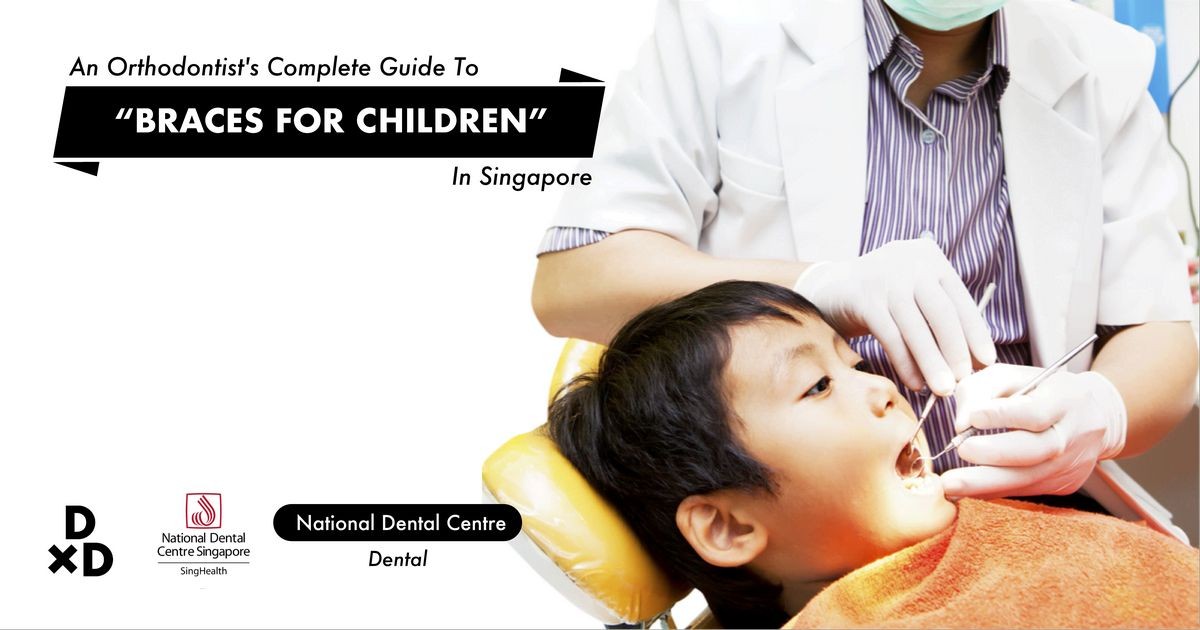
Contents
- 1 Child Orthodontia: A Brief Overview
Child Orthodontia: A Brief Overview
Child orthodontia focuses on treating and preventing jaw and teeth abnormalities.
Treatments involve the use of braces and other devices to:
- Straighten teeth
- Correct bite issues and close gaps
- Align lips and teeth properly
Although adults can also benefit from orthodontic care, the majority of patients are children. Early orthodontic treatment can guide the growth of the jaw and ensure proper eruption of permanent teeth, which can prevent future dental problems.
Why Choose Orthodontic Treatment for Children?
Child orthodontia aims to:
- Create space for adult teeth
- Reduce the need for tooth extraction
- Facilitate braces treatment
- Avoid corrective jaw surgery
- Prevent tooth injury caused by protruding teeth
- Address crossbite resulting from small jaws
This treatment sets the stage for the proper eruption of permanent teeth. Expander plates and mini braces are commonly used during this phase.
Your child’s orthodontist will assess their growth pattern and development during the initial visit. Together, you will discuss the current and future orthodontic needs. Additional diagnostic records may be required, such as radiographs, facial photographs, and tooth impressions.
Common Orthodontic Problems
Orthodontic treatment can address a range of issues:
- Misaligned, crooked, or crowded teeth
- Missing or extra teeth
- Overbite, underbite, or open bite
- Misaligned jaw position or jaw joint disorder
Treatment is typically divided into two phases based on dental and skeletal development.
Phase I: Early Treatment
Early orthodontic treatment, also known as interceptive orthodontics or phase I, is performed when a child has baby and adult teeth and the top jaw is still growing (around ages 7 to 12 years). It helps diagnose developing problems and imbalances in tooth and facial bone growth. Common issues include crossbites, underbites, open bites, protruding teeth, sucking habits, mouth breathing, and space problems.
Phase II: Comprehensive Treatment
Comprehensive treatment, also known as phase II, is provided when most of the adult teeth have erupted, and the face is actively growing during puberty (12 to 18 years of age). Phase II ensures the harmonious positioning of each tooth in the mouth, enabling effective function. Retainers are worn after this phase to maintain the results.
What to Expect During the Initial Orthodontic Visit
During the first visit, the orthodontist will examine your child’s teeth, mouth, and jaw. Tests such as X-rays and molds may be taken to determine the best treatment options.
Duration and Benefits of Orthodontic Treatment
On average, orthodontic treatment lasts 22 months. Regular visits every six to eight weeks allow for adjustments. The investment of time brings significant benefits, including improved dental health, better function, easier cleaning, and increased self-confidence.
It is never too late to achieve a healthy, beautiful smile. Consult an AAO orthodontist to discuss your options.
When is the Right Time for Orthodontic Treatment?
According to the American Association of Orthodontists, children should be evaluated for orthodontic treatment by age seven to detect potential jaw and tooth problems. Most active treatment begins between ages nine and 14.
Early correction is recommended while the child is still growing. Delaying treatment may require more extensive effort and a longer duration.
When Can Children Get Braces?
There is no specific age requirement for braces. Treatment plans are tailored to each individual’s needs. Children with cleft palates may receive orthodontic appliances before their first teeth erupt.
For children who have not lost all their baby teeth, treatment can start as early as age six or seven to prevent future issues and create a favorable environment for permanent teeth.
Most children who undergo early orthodontic treatment will require braces or additional dental work later to fully align their teeth and jaws. Early treatment can significantly reduce the overall intervention required.
Types of Braces for Children
The most common braces options for kids include:
Traditional braces made of metal brackets and wires, which can be customized with fun-colored rubber bands. Clear and ceramic options are also available. Lingual braces, which are placed on the back of the teeth, are an alternative in some cases.
Clear removable braces, using plastic aligners, are another option, although they may not be suitable for everyone.
In some cases, additional devices such as headgear or tooth extractions may be necessary to create space or facilitate tooth movement. Regular orthodontic visits are required for monitoring and adjustments.
Affordability of Braces
While the cost of braces can be high, there are options to make them more affordable:
- Some dental insurance policies cover a portion of the cost, and Medicaid may provide coverage in some states.
- The Smiles Change Lives program helps families with lower incomes cover a significant portion of the cost.
- Orthodontists often offer payment plans and discounts.
- Dental schools allow students to provide orthodontic treatment at a lower cost.


